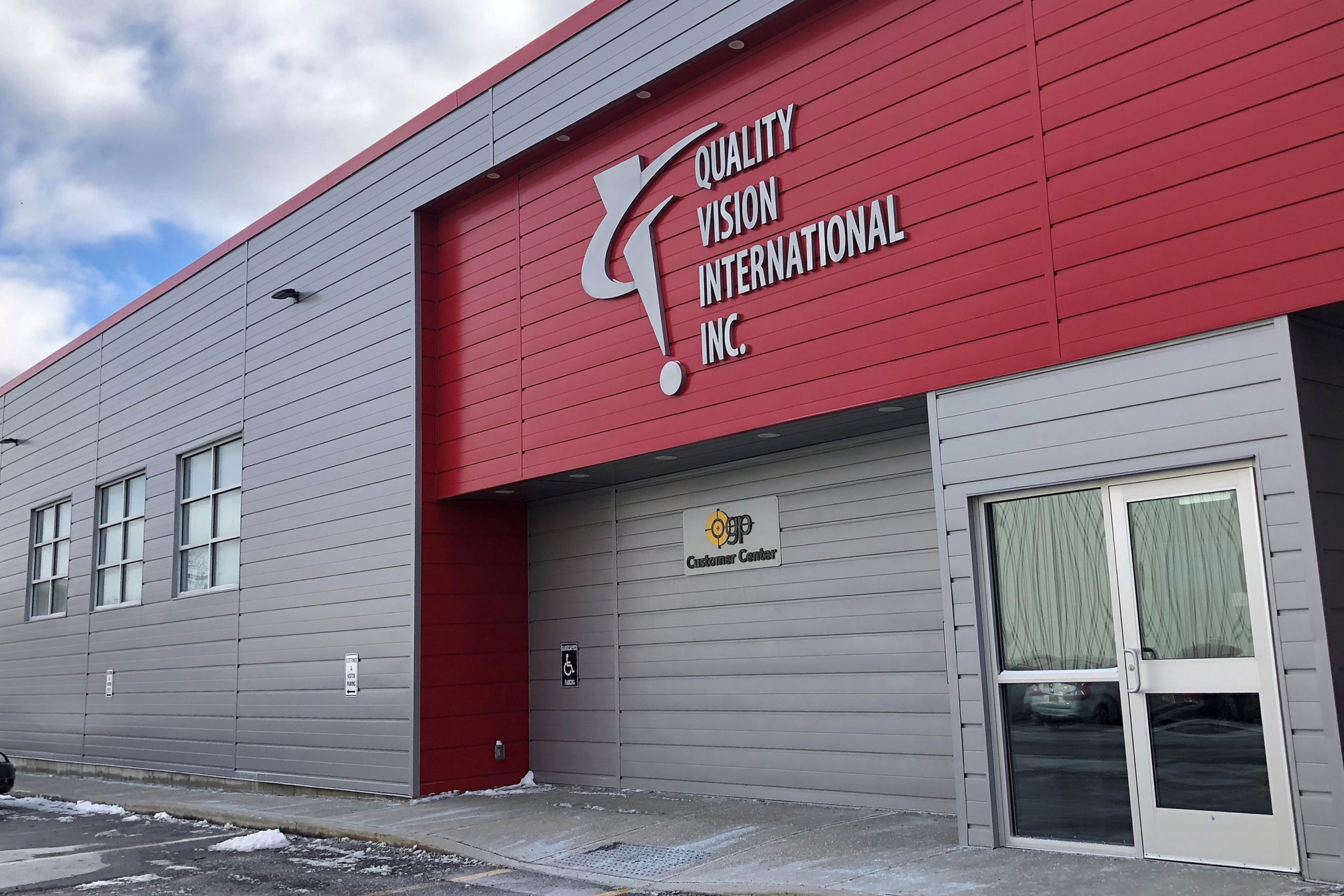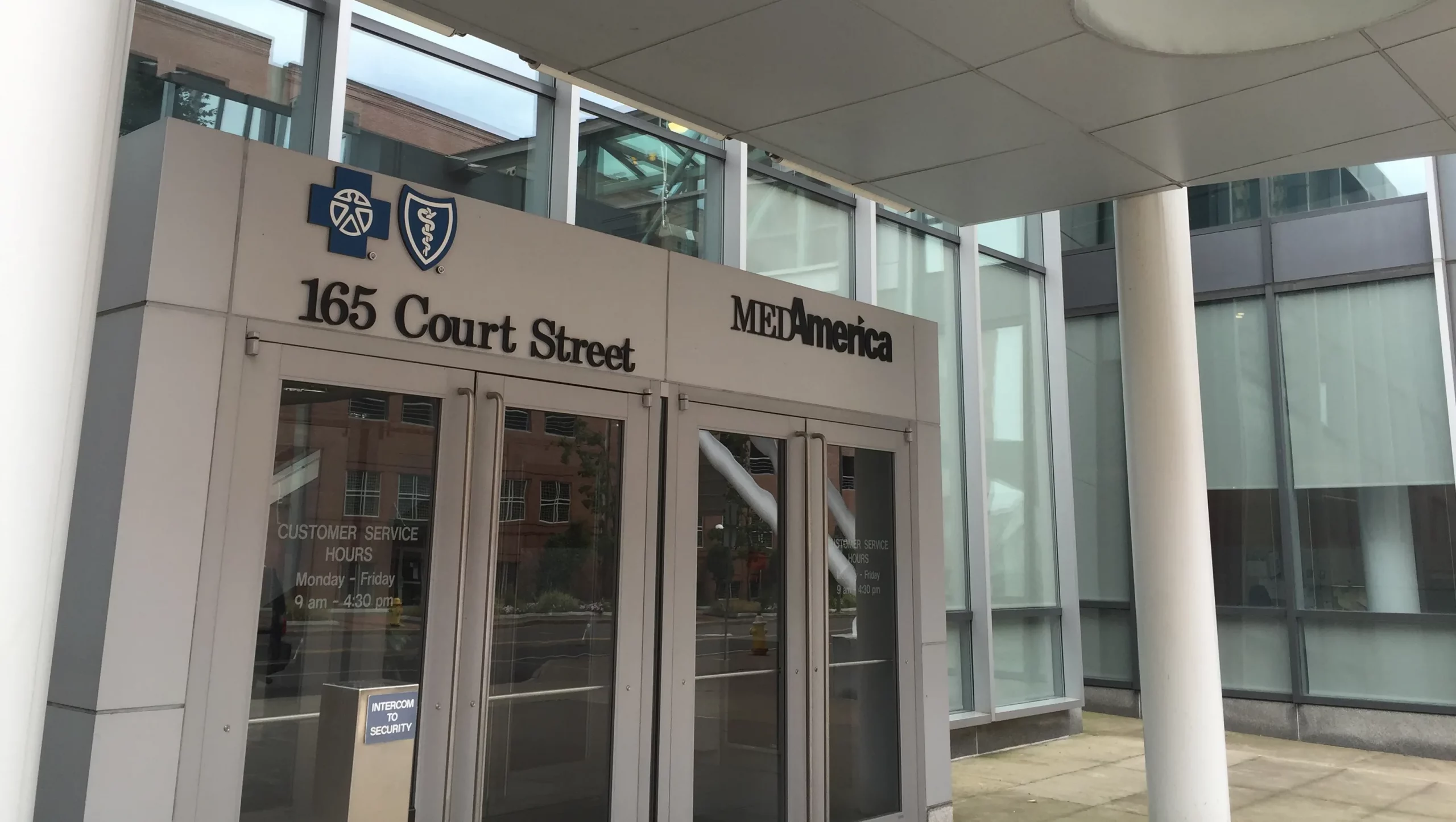Professional
Below you can find, in order, details about my education, my work experience, my research interests, my publications, my resume, and a list of references.
Below you can find, in order, details about my education, my work experience, my research interests, my publications, my resume, and a list of references.

As a Rochester native, I was happy to be educated locally at RIT, where I received generous scholarships and as a result of being in the honors program was awarded the flexibility to overload on coursework, allowing me to finish my Bachelor of Science degree in only three years with two majors, in Applied Statistics with Data Analytics and in Economics, and a minor in American Politics. I was also a National Merit Scholar. In spite of being a degree program geared towards preparing students for the workforce, my education gave me a thorough grounding in Statistics that prepared me well for my graduate education. A special thanks to Ernest Fokoué and James Marengo for their wonderful courses and mentorship during my time there. I graduated Summa Cum Laude in 2023.
I was excited to be selected to further my education when I was accepted to the Statistics PhD Program at the University of Rochester, which is through the Department of Biostatistics and Computational Biology within the School of Medicine and Dentistry. After successfully completing my first year of courses and performing well on my first qualifying examination, I fulfilled the requirements of the Master of Arts degree in Statistics, which I was awarded in October of 2024. Throughout my first year of graduate school I have honed my theoretical knowledge of estimation, inference, and both Bayesian and Frequentist Statistical methodology, and am excited for the years of education ahead.


My first experience in the working world was a summer of sitting at a desk with a mask on scanning thick packets of documents, one at a time, to upload to the company’s document management system, among other simple tasks. While the work wasn’t glorious, I did get a first hand look at how a manufacturing floor runs and got to meet a lot of great people, including my wonderful boss Brian Guess. My second summer I was hired again to do more interesting work, tracking non-conforming parts, determining cycle times for different classes of machines, comparing the reliability of part vendors, and many other miscellaneous tasks.
I spent two summers working as an Actuarial Intern at Excellus, as well as working part-time there during my final year of undergrad at RIT. There, I spearheaded the creation of the Affordability Dashboard, a comprehensive tool utilizing Microsoft Power Business Intelligence, which allowed the Trend & Analytics and the Opportunity Analytics teams to easily view and understand the drivers of claims by disease, time, line of business, Rx, claim type, claim size, etcetera. The tool implemented drill down features and pulled all relevant data from the SAS database and data modeling tables from Excel. I also helped with other SAS and Excel tasks as was needed by the teams I worked with. Charlie Carbone, Sarah Dohr, Jake Fusare, Gabe Linares and everyone else I had the opportunity to work with at Excellus were superb, and my thanks goes out to them.

Recently, I have become interested in Causal Inference as well as learning more about optimization of dynamic treatment regimes, and semi/non-parametric theory. For my statistical seminar topic for this semester, I chose Frequentist and Bayesian corrections for measurement error, and presented on the topic on October 23rd. I’ve also learned quite a bit recently about clustering and cluster ensembling through a coassociation matrix as a part of the simulations I am helping Luke Duttweiler with for a paper he has been working on, and that I have contributed some ideas to. I’ve also begun work on a paper with Dr. Sally Thurston implementing a longitudinal model to determine the association between methylmercury exposure and 6 different domains of cognitive outcome. I’m also planning on learning more about Bayesian Adaptive Clinical Trials, as these types of designs are becoming more common, especially in the early dose finding stages in Oncology. I have ordered a textbook on the subject to see if it’s something that interests me.
I’m also interested in the intersection between Machine Learning and Neuroscience and learned a lot about the subject while working with Professor Sam Norman-Haignere over the course of this past summer. The work specifically related to comparing the enveloped and non-enveloped ECoG recordings in terms of how well each captures the differences in neural response to different natural stimuli. A related paper of Sam’s from 2022 can be found here.
Please do not cold email any of the references below; instead email me and I will let them know you will be contacting them in advance.

Director of Production, QVI
b.guess@qvii.com

Professor of Mathematics, RIT
jemsma@rit.edu

Professor of Mathematics, RIT
epfeqa@rit.edu

Professor of Practice, RIT
tbgsma@rit.edu

Postdoctoral Scholar, Harvard

Healthcare Analytics Team Leader, Excellus
Charles.Carbone@excellus.com

Associate Professor of Biostatistics, University of Rochester
Tanzy_Love@urmc.rochester.edu

Professor of Political Science, RIT
jrfgsm@rit.edu